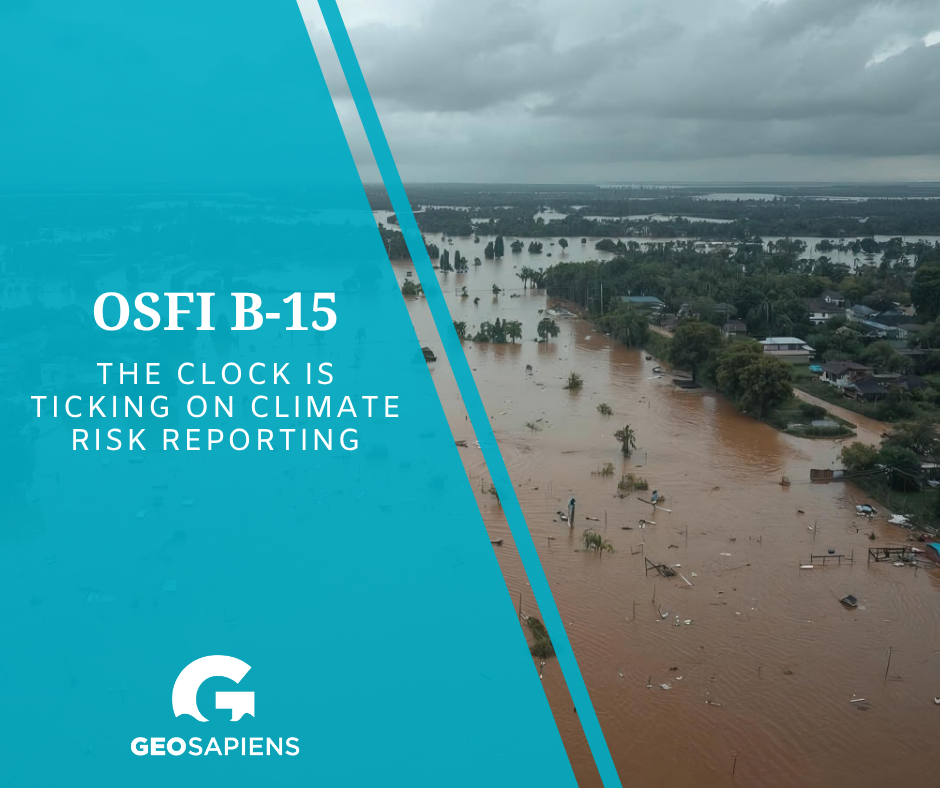Geosapiens New Research Paper: A Multistep Statistical Model to Derive Extreme Sea Levels for Global Coastlines
- Geosapiens

- 2 days ago
- 2 min read
The Geosapiens modeling team has published a new scientific paper in the prestigious journal Coastal Engineering (Volume 204, 30 January 2026, 104909) !

The article, titled “A Multistep Statistical Model to Derive Extreme Sea Levels for Global Coastlines” represents a significant step forward in our mission to develop global catastrophe models that are both scientifically rigorous and practical for real-world applications.
This research introduces an innovative framework that integrates skew-surge-based extremes, GESLA tide-gauge data, and wave setup into a unified global approach, bringing extreme sea level estimates closer to what coastlines actually experience during severe events.
The article
Coastal flooding happens when different pieces of sea level line up: slowly evolving mean sea level, predictable tides, and highly variable storm surge and waves.
In this work, these deterministic components (tide and the long-term mean sea level, which is itself shifting under climate change) were explicitly separated from the stochastic components (surge and wave setup), and model the extremes of the random part rather than treating “total water level” as a single black box.
This leads to a more physically and statistically robust view of extreme sea levels worldwide and provides a stronger foundation for global coastal catastrophe models and flood risk assessments.

Why this makes the Geosapiens flood model superior
This new extreme sea level framework gives Geosapiens a major edge over traditional approaches:
Physics-based extremes, not black boxes: We separate tides, mean sea level and random surge/wave drivers, producing more realistic and defensible tail behaviour.
Truly global coverage: Extreme sea levels are computed along all coastlines at ~10 km resolution, filling observational gaps and ensuring consistency in data-poor regions.
Best-in-class skew-surge method: A global joint-probability approach minimizes tide–surge bias and improves return-period estimates used for pricing coastal risk.
Calibrated with real observations: Systematic bias correction against tide gauges tightens alignment between modelled extremes and what coastal communities actually experience.
Waves included, not ignored: Adding wave setup produces hazard levels that reflect real storm impacts, from overtopping to structural damage.
Ready for climate change: Because mean sea level is modeled separately, sea-level rise scenarios can be integrated seamlessly without re-building the model.
Engineered for cat-model use: The output is a global, consistent extreme sea level dataset designed to plug directly into Geosapiens’ coastal flood and loss models — enabling stronger AAL, PML and stress-test results.
The authors
Congratulations to the authors from the Geosapiens Modeling Team, Chiranjib Chaudhuri, Chief Research Officer and Duy Anh Alexandre, Statistical Modeler and Data Scientist for their exceptional work leading to the publication of this paper.
About Coastal Engineering Journal
Coastal Engineering is an international medium for coastal engineers and scientists. Combining practical applications with modern technological and scientific approaches, such as mathematical and numerical modelling, laboratory and field observations and experiments, it publishes fundamental studies as well as case studies on the following aspects of coastal, harbour, and offshore engineering: waves, currents and sediment transport; coastal, estuarine and offshore morphology; technical and functional design of coastal and harbour structures; morphological and environmental impact of coastal, harbour and offshore structures.







Comments